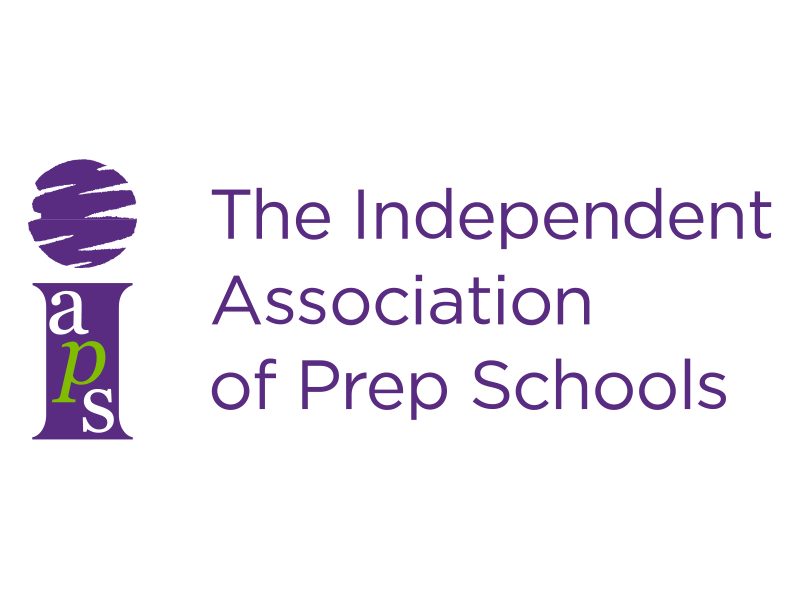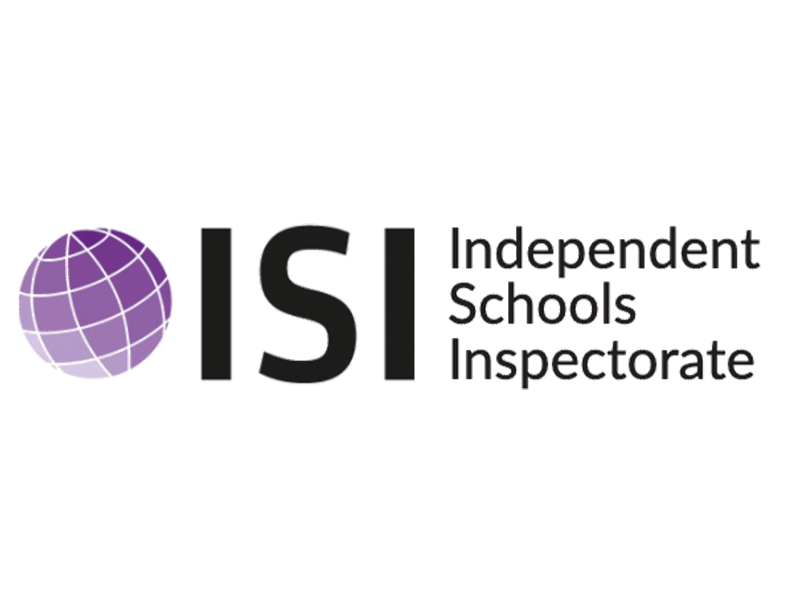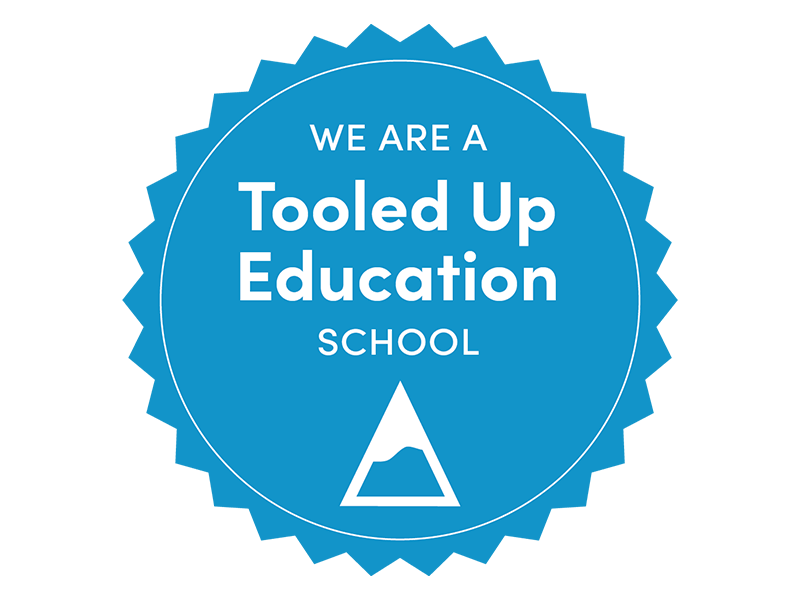At Donhead, we recognise that we all learn in different ways and believe that all pupils should achieve their potential. Every child should feel able to make a valued contribution to our community, and grow into a confident, independent learner despite any difficulties that they may have.
Ms Plech-Blair, our school Special Educational Needs and Disabilities Co-ordinator (SENDCo), works closely with all staff in creating a learning environment that responds to each pupil as an individual. This is achieved by the provision of Quality First Teaching for different learning styles and students’ different learning needs, and appropriate additional support.
Please see School Policies page for our Special Educational Needs and Disabilities (SEND) Policy.
The four broad areas of need
The Department for Education has identified four broad areas which cover a range of needs. These are defined in the Special Educational Needs and Disability Code of Practice – 0-25 years, January 2015. You might find more details and information about SEND here.
Communication and interaction (CI)
Children and young people with speech, language and communication needs (SLCN) have difficulty in communicating with others because of difficulty expressing what they want to, pronouncing sounds/words and understanding what is being said to them or they do not understand or use social rules of communication. They may have difficulty with one, some or all the different aspects of speech, language or social communication at different times of their lives.
For example, children with ASD (Autistic Spectrum Disorder) are likely to have certain difficulties with social interaction. They may also experience difficulties with language, communication and imagination, which can impact on how they relate to others.
Useful links:
Search Google for Typical Talk at primary:
Social, emotional and mental health difficulties (SEMH)
Children and young people may experience difficulty in managing their emotions, relationships with other people, which might affect their learning, health and wellbeing.
Some children may have a diagnosis of Attention Deficit Hyperactivity Disorder (ADHD) or Attention Deficit Disorder (ADD).
Useful links:
Cognition and learning (CL)
Learning difficulties cover a wide range of needs and relate to difficulties with cognition and learning. For example, an individual child continues to learn at a slower pace than their peers, even though they have had additional help and support or not make progress in the prime areas of development.
For example, Specific learning difficulties (SpLD) affect one or more specific aspects of learning. This encompasses a range of conditions such as dyslexia, dyscalculia and dyspraxia.
Useful links:
British Dyslexia Association- Dyslexia
British Dyslexia Association- Dyscalculia
Sensory and/or physical (SP)
Some children require special educational provision because they have a disability which prevents or hinders them from making use of the educational facilities generally provided. These difficulties can be age related and may change over time. However, many children with vision impairment (VI), hearing impairment (HI) or a multi-sensory impairment (MSI) will require specialist support (OT Occupational Therapy), adjustments to their environment and/or equipment to access their learning.
Some children and young people with a physical disability (PD) require additional ongoing support and equipment to access all the opportunities available to their peers.
Useful links:
Support for learning difficulties may be required when children and young people learn at a slower pace than their peers, even with appropriate differentiation.
Special Educational Needs and Disability (SEND)
The term special educational needs is described in law in the Children and Families Act 2014 as:
- A child or young person has special educational needs if he or she has a learning difficulty or disability which calls for special educational provision to be made for him or her.
- A child of compulsory school age or a young person has a learning difficulty or disability if he or she:
- has a significantly greater difficulty in learning than the majority of others of the same age, or
- has a disability which prevents or hinders him or her from making use of facilities of a kind generally provided for others of the same age in mainstream schools or mainstream post-16 institutions.
- A child under compulsory school age has a learning difficulty or disability if he or she is likely to be within subsection (2) when of compulsory school age (or would be likely if no special educational provision were made).
- A child or young person does not have a learning difficulty or disability solely because the language (or form of language) in which he or she is or will be taught is different from a language (or form of language) which is or has been spoken at home.
Please contact Ms Plech-Blair, our Special Educational Needs and Disabilities Coordinator (SENDCo), if you have any questions about your child’s development and learning.











